Timeless Influence: Scandinavian Designers Who Changed the Game
Minimalism, Materiality, and the Enduring Legacy of Nordic Design
Scandinavian design is one of the world’s most recognized and respected design movements. Known for its simplicity, functionality, and human-centered approach, the Nordic design philosophy emerged in the early 20th century and quickly became an international language of modernity.
But what makes it so timeless? And who were the visionary minds behind this influential aesthetic?
From Copenhagen to Stockholm, Helsinki to Oslo, a select group of Scandinavian designers transformed how we live, furnish, and feel within our spaces. Their influence remains evident in both everyday interiors and high-end homes around the world—championing a beauty rooted in honesty, restraint, and purpose.
Let’s explore the Scandinavian design icons who changed the game—and how their principles still shape contemporary interiors today.
1. Arne Jacobsen (Denmark)
A true modernist pioneer, Jacobsen blended architecture and furniture design with masterful clarity. His Egg Chair (1958) and Swan Chair became instant icons, merging sculptural curves with modern materials. Jacobsen believed in total design—every detail, from door handles to lighting, was part of a unified whole.
Legacy: Sculptural modernism, integrated environments, functional elegance.
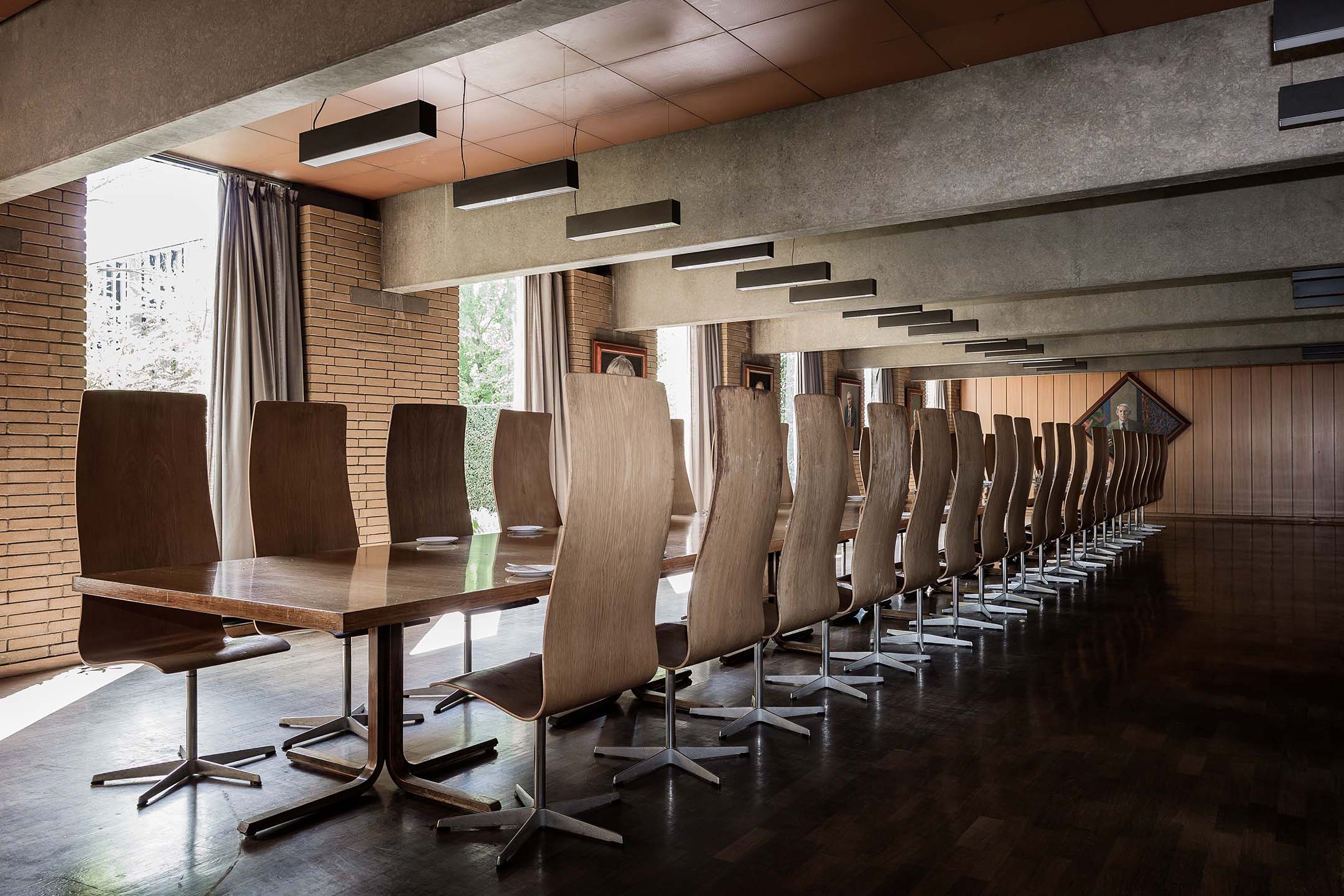
2. Alvar Aalto (Finland)
Aalto was both architect and product designer, known for introducing organic form and warmth into modernism. Unlike the rigid lines of Bauhaus, his designs featured soft curves and natural materials like birch plywood. The Paimio Chair and Savoy Vase remain global design classics.
Legacy: Humanist modernism, fluid shapes, and nature-inspired design.
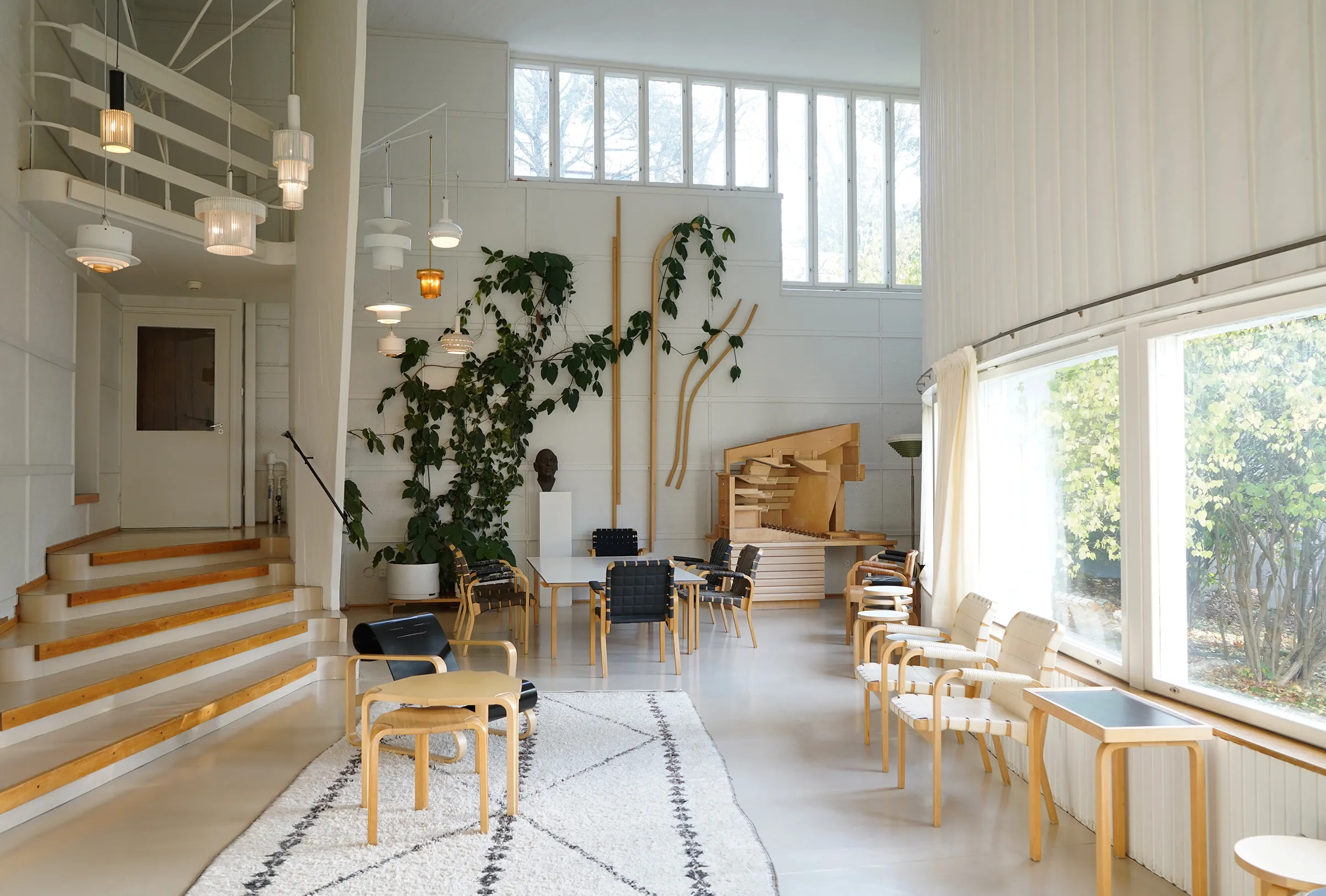
3. Greta Magnusson Grossman (Sweden)
Grossman brought Scandinavian minimalism to California in the 1940s, where she fused Nordic functionality with West Coast informality. Her Grasshopper Lamp and Cobra Lamp showcase an elegant yet playful attitude. She was also one of the few women leading in a male-dominated design era.
Legacy: Feminine minimalism, lightness, and transatlantic design fusion.
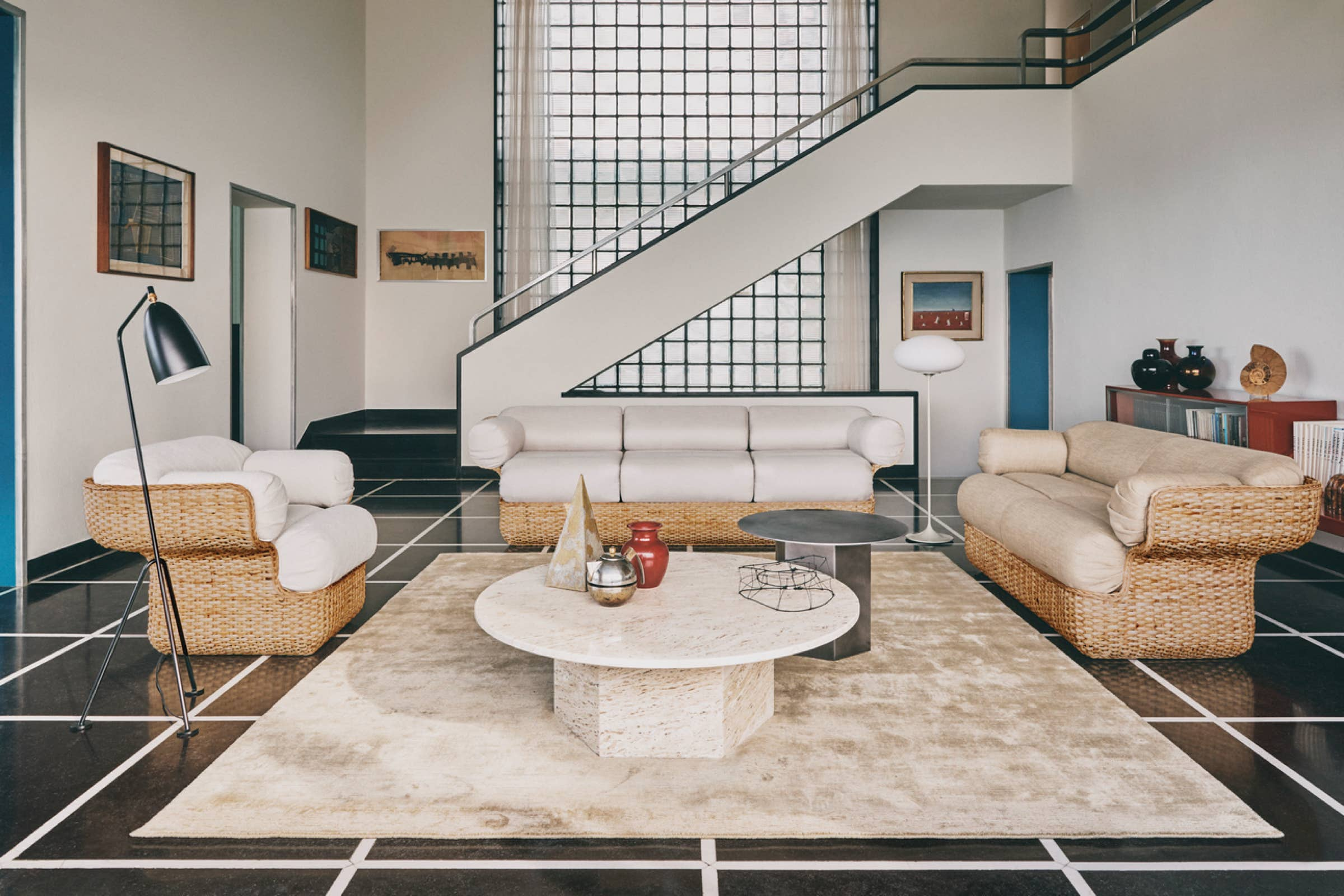
4. Hans J. Wegner (Denmark)
Wegner was a cabinetmaker turned designer who believed that a chair should be beautiful from all angles. Known as the “Master of the Chair,” he created over 500 chair designs, including the famous Wishbone Chair. His work celebrated craftsmanship, proportion, and natural wood.
Legacy: Timeless woodworking, simplicity with soul, and democratic beauty.
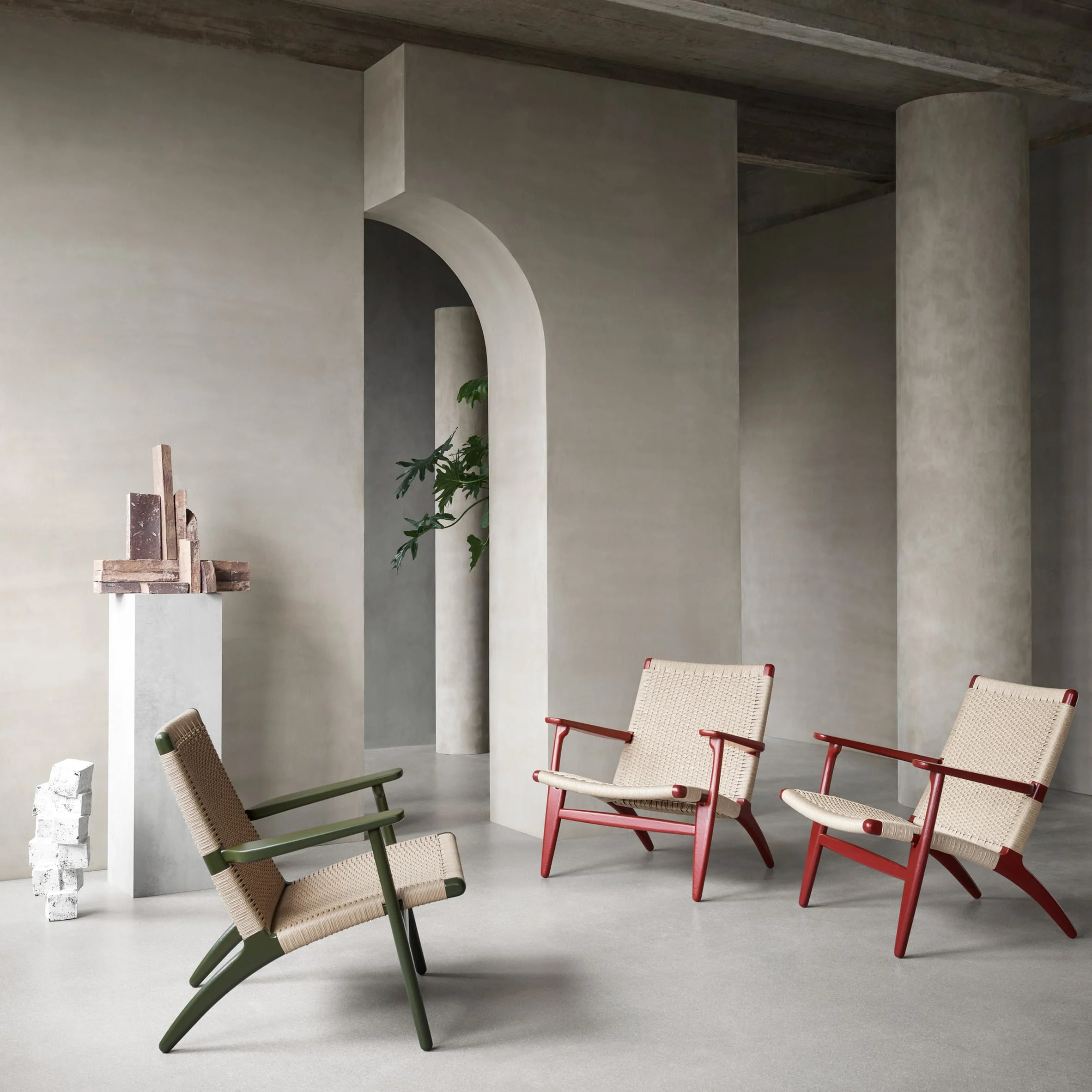
5. Poul Henningsen (Denmark)
Henningsen revolutionized lighting design with his PH Lamps. His approach prioritized diffused, glare-free light, using layered shades to control brightness and create atmosphere. His work changed how lighting interacted with mood, space, and wellbeing.
Legacy: Functional poetry, ambient lighting, and design as emotional experience.
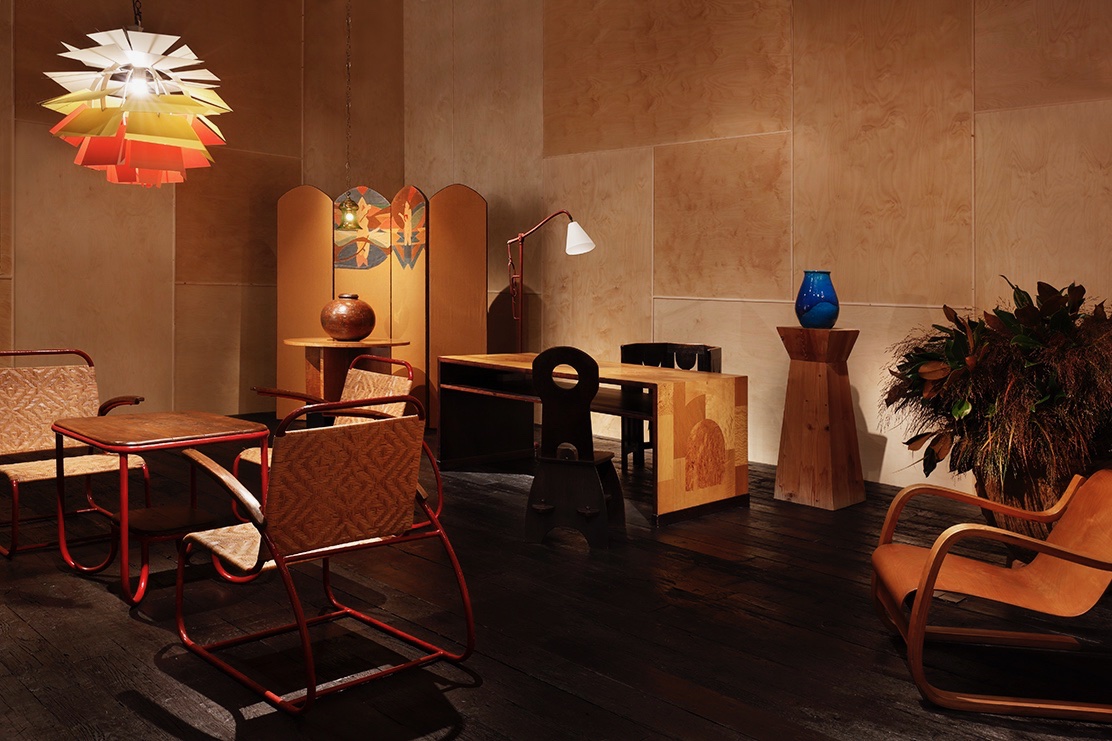
6. Verner Panton (Denmark)
Panton pushed boundaries with color, material, and shape. Known for the S Chair and his bold use of plastics and psychedelic palettes, he brought a pop sensibility to Scandinavian restraint. Panton’s influence remains visible in contemporary bold minimalism.
Legacy: Futuristic form, expressive color, and design without fear.
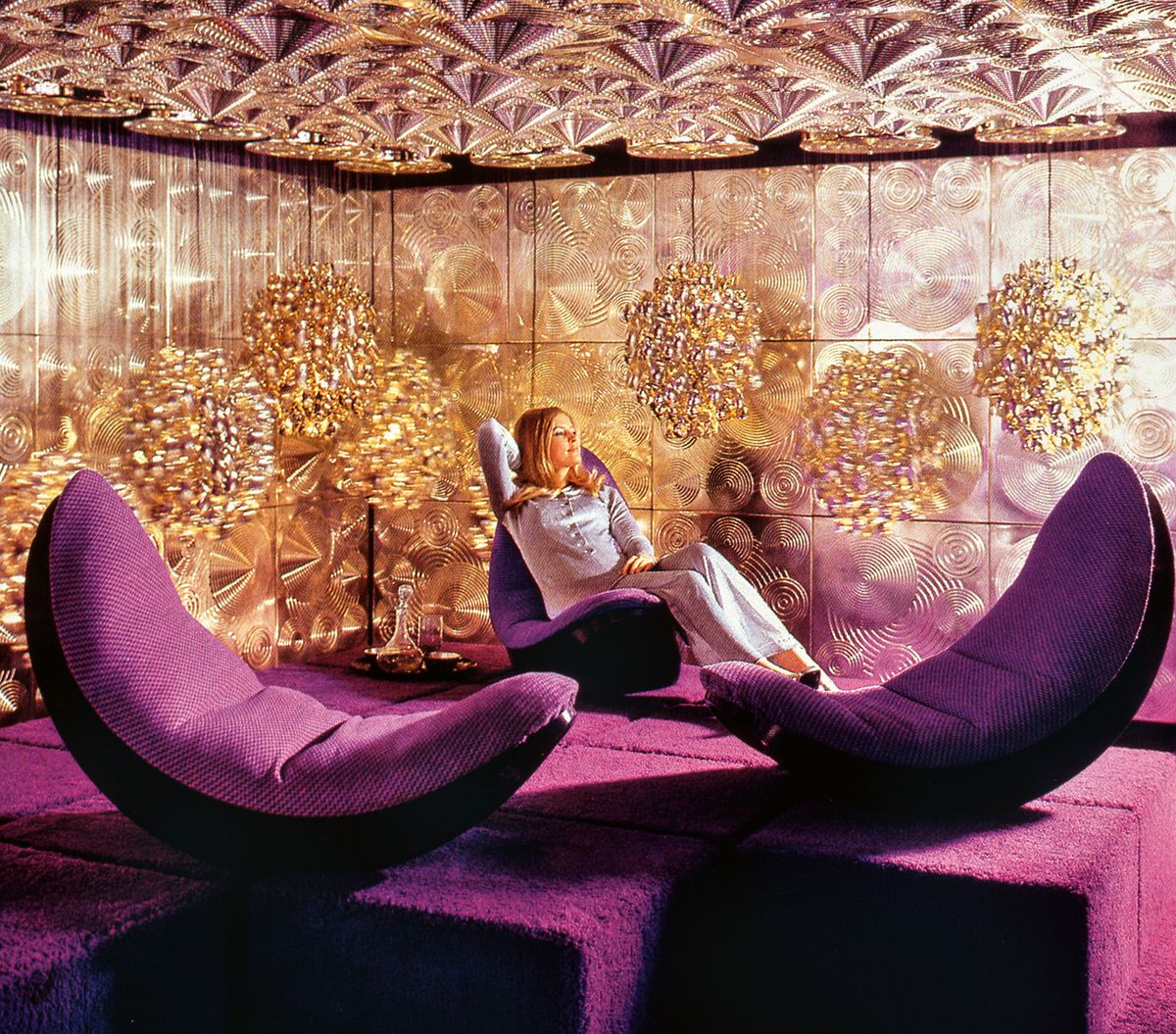
7. Ilse Crawford (Sweden/UK)
Though based in London, Crawford’s design ethos is deeply Scandinavian. She champions human-centered spaces, natural materials, and emotional durability. Her interiors are calm yet tactile, reflecting the Scandinavian belief that beauty and function should serve wellbeing.
Legacy: Wellness-driven interiors, natural harmony, and sensory design.
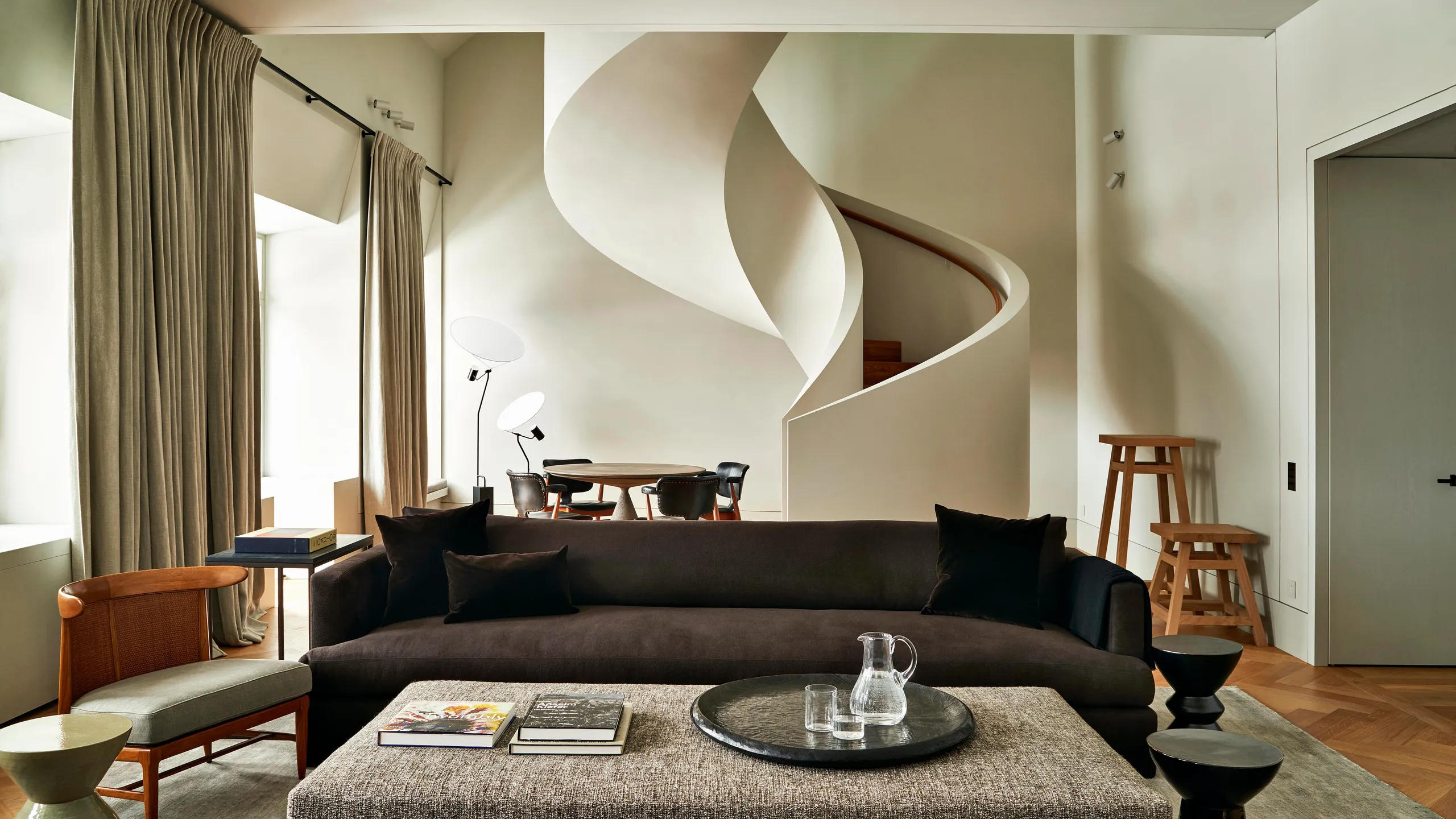
Scandinavian Design’s Enduring Relevance
What all these designers share is a belief in the human experience of design. They didn’t just create objects—they created atmospheres, philosophies, and ways of living that resonate across decades.
Scandinavian design isn’t about trends. It’s about principles: clarity, comfort, integrity, and the beauty of simplicity. That’s why it continues to influence everything from furniture and lighting to architecture and lifestyle branding.
Why Nolita Harbour
Much like their legacy, our approach favors enduring beauty over fleeting trends. We believe that every piece should feel considered, harmonious, and emotionally resonant—an ethos that echoes across our collection and every project it supports.
Scandinavian design has taught the world that luxury doesn’t need to shout. It needs to feel right. At Nolita Harbour, we carry that lesson forward—with a Mediterranean soul.
Final Thoughts
From the natural warmth of Aalto’s wood curves to the refined lightscapes of Henningsen, these visionaries remind us that true beauty lies in balance. Design, after all, is not just about what we see—but how we live.